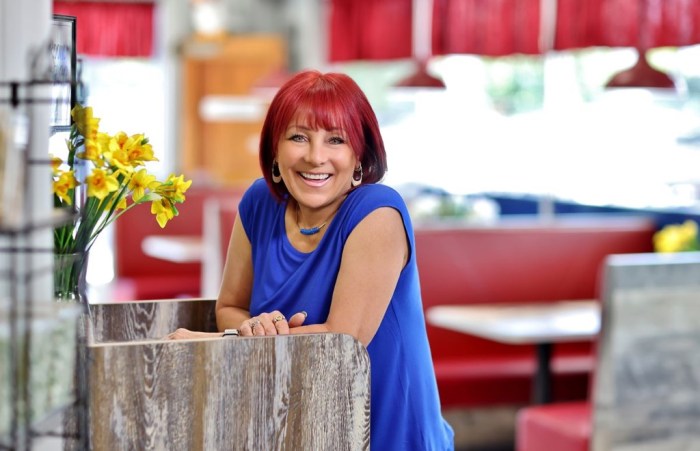The wife of a Plainview man traveled all the way from Uganda to Winthrop-University Hospital in Mineola to give birth the way she wished.
Chanda Ginsberg, whose Plainview native husband works for the United Nations and is currently posted in Uganda, was determined to have a VBAC (vaginal birth after cesarean). And when the time came, she and her husband chose Winthrop. While researching labor and delivery options, the couple was uncomfortable with the medical providers in Uganda and regional hospitals in East Africa. Her husband’s family lives in Melville with connections to Winthrop; his mother is a nurse practitioner who has worked with Winthrop, and his brother’s children were born at the Hospital as well. She also had her first child there three years ago, when they were back in the U.S. between posts.
“I had a wonderful experience,” said Ginsberg.
Though Ginsberg had a positive experience when she delivered her first child, Rivkah, in September 2010, she underwent a cesarean section after the baby’s heart rate dropped while she was in labor.
“I was grateful that the baby was alright, but it was a very rough recovery,” she said.
When she became pregnant with her second child, Ginsberg was determined to have a VBAC—not just because she wanted to avoid another invasive surgery, but it was critical for another reason: her husband had limited paternity leave and would need to return to work in Uganda. She wanted to be fit to care for two young children before his departure.
After doing some online research, Ginsberg found Melanie Sumersille, a Certified Nurse Midwife who works in close partnership with Winthrop OB/GYN Seth Plancher, MD. Sumersille has been a midwife for 28 years (23 at Winthrop) and has a high success rate for vaginal delivery.
Excited about both clinicians’ relationship with her hospital of choice, Ginsberg was eager to meet with them. When she did, she felt an instant connection.
“I met Melanie first,” recalled Ginsberg. “I felt comfortable and connected, and went with my instincts.”
While meeting, Ginsberg was struck by Sumersille’s confidence in her ability to deliver the baby naturally. “She was confident all the way through,” said Ginsberg, who was aware that if there were any serious complications, a C-section would be necessary. “She just said, ‘We can do this.’”
“It’s amazing the lengths a woman will go to have the birth she wants. And it can be hard to find the support,” said Sumersille. “A positive birth experience is more than just a healthy baby. A lot of women want a sincere effort on the provider’s part for a VBAC.”
When Ginsberg’s water broke shortly after midnight on Oct. 22, Sumersille stayed in the Hospital with her overnight, closely monitoring her progress. She was there with her through Ginsberg’s 15 hours of labor and the natural delivery of Jacqueline, who arrived at 7 lbs. 4 oz. at approximately 6 p.m.
“It was one of the most beautiful deliveries I have ever experienced,” said Nicole Cusato, RN, who was a part of the care team in the room that evening.
Ginsberg’s recovery has gone incredibly well, as she is able to care for both the newborn and her very active three-year-old while keeping up with household chores.
“Patients want a chance,” said Plancher regarding the opportunity for them to try and have a VBAC. “Having an option means a lot to them. While some are not candidates, most are, and end up having successful VBACs.”































